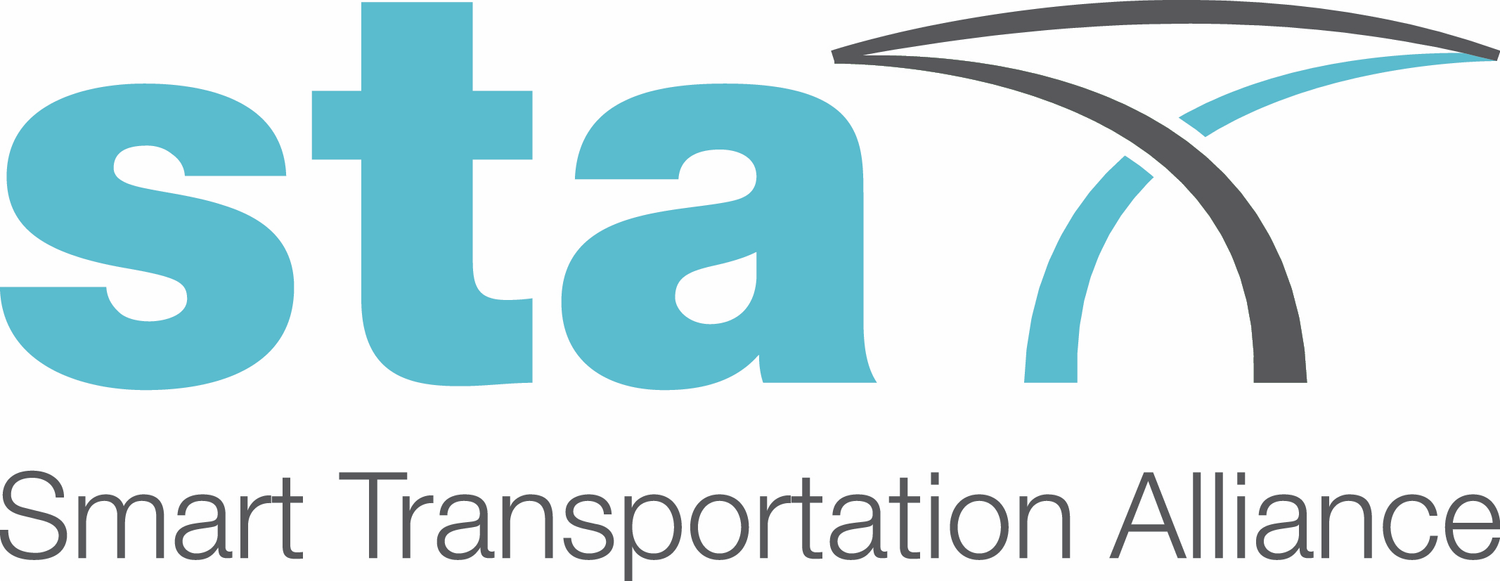STA Newsletter
Issue # November - December 2020
A bi-monthly online journal providing news and background about activities undertaken by STA with a view to improving the methods, technologies and standards associated to transportation infrastructures.
STA Discussion Paper reviews the integration of electric light vehicles (EL-Vs) in transportation infrastructures
The Smart Transportation Alliance (STA) has released the Discussion Paper “Deploying light electric vehicles (EL-Vs) in transportation infrastructures – Data analysis and conclusions from the EU-funded ELVITEN R&D project”. The paper reports on the outcomes and key conclusions of the ELVITEN project, which has been conducted between November 2017 and October 2020 across 6 different European cities.
The aim of the project was to investigate and assess the suitability of electric light vehicles (EL-Vs) for the European market and to propose concrete and reasonable recommendations to facilitate and enhance the uptake of the vehicles.
2020 STA Annual Conference & Innovation Awards Proceedings available
The Smart Transportation Alliance (STA) would like to thank all of the presenters and participants of the Annual Conference and Innovation Awards for attending the event. The focus of this year’s edition was the outlook onto a post-covid mobility served by the Smart Transportation Infrastructure of the future. The STA looks forward to organising and hosting next year’s edition of the conference.
The proceedings of the conference are available online.
Season's greetings and Happy New Year!
The Smart Transportation Alliance (STA) would like to take this opportunity to thank all of its subscribers, readers, followers, contributors, partners and members for their interest, contributions and continuous support throughout the past year. The STA team wishes you a wonderful end of the year and a happy holiday break, together with a pleasant and smooth start into the next year.
“Self-healing and self-cleaning technologies (e.g. applied to coatings, pavements or bridges) will enhance faster and better-planned quality control systems.”
NEWS OF INTEREST
EU: Hyperloop and hydrogen backed by new EU Smart Mobility Strategy
The new Smart Mobility Strategy of the European Commission will back innovative modes of travel as well as setting ambitious targets for zero-emissions vehicles in Europe’s roads by 2050. The newly announced masterplan follows the European Green Deal, set out over a year ago which hopes to see carbon emissions slashes by up to 90 % by 2050.
US: Reality will temper Biden’s grand ambitions
Staggering construction costs, the prioritisation of job creation and Republican obstruction may clobber the aspirations of “Amtrak Joe”.
The election of Joe Biden, who earned the nickname “Amtrak Joe” after riding the rails for decades, has elevated the hopes of train advocates. But they have reason to remain skittish after watching political polarisation toss President Barack Obama’s plans for high-speed rail into a coffin – one that President Donald Trump started to nail shut. But many now see the next president’s enthusiasm and epic plans as the best chances for the US to reshape its inadequate train system, which still lacks any true high-speed rail.
Technology will help maritime transport navigate through the pandemic - and beyond
Maritime transport is the backbone of the global economy, accounting for over 90% of cross-border trade. And like most other industries, shipping is being rapidly transformed by a range of technology innovations that aim to make operations greener, cheaper, and more efficient. At the same time, the COVID-19 pandemic has upended maritime transport and created unprecedented challenges for professionals across the sector. Against this backdrop, how can we tap the full potential of technology to create a more sustainable, more resilient shipping industry? What are the potential impacts and policy implications?






